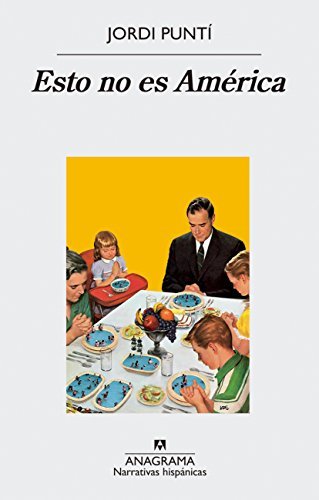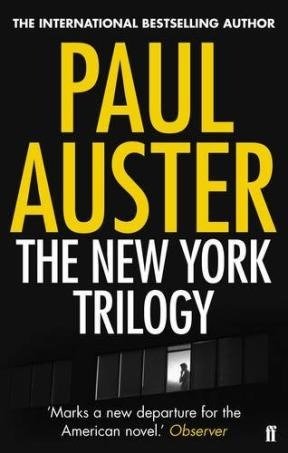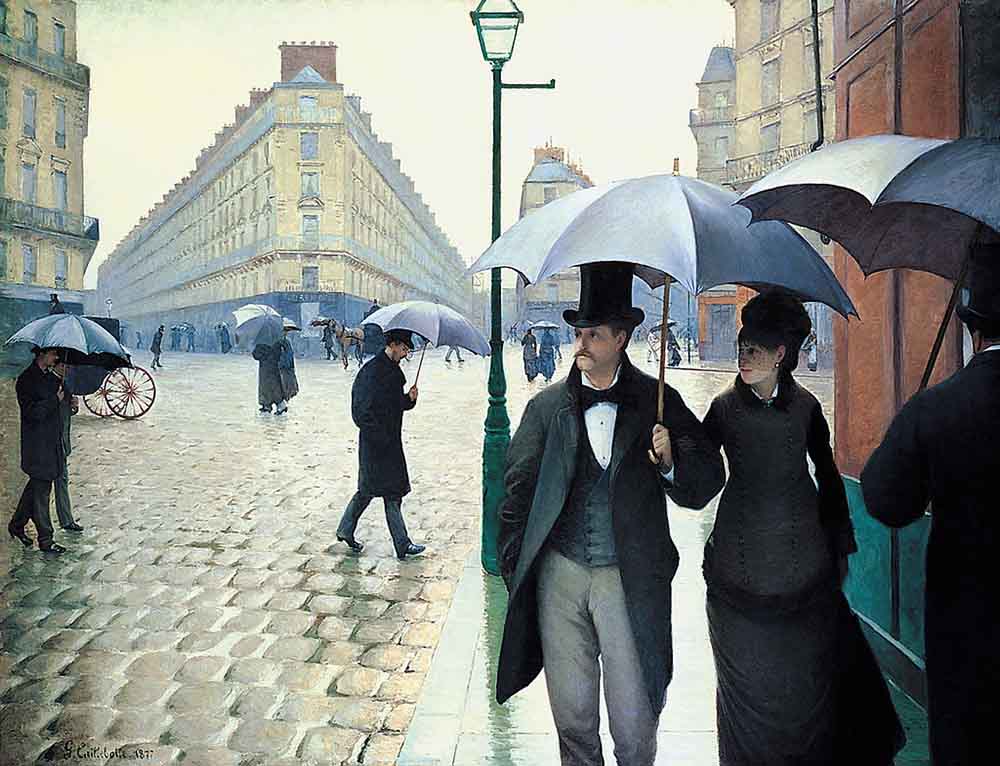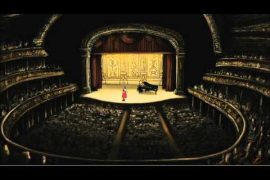In the article last week obstacles for the pedestrian of Barcelona were identified. But once the bicycles and the abducted by the mobile have been avoided, strolls without a particular purpose are a source of inexhaustible pleasure, and walking has given rise to many works of art, some even to Barcelona.
Walking is very old (that is why in Catalan we say that something “is older than travelling by foot”) and wandering around goes back to -at least- to the peripatetic Greek. It is the philosophical school of Aristotle, who roamed Athens with the disciples while chatting about this and that. Nothing, on the other hand, that the whole world did not do. Years later, Jesus of Nazareth would do the same thing with his apostles: travelling every corner of the Galilea valleys and living the adventures that, by fascicles, the Gospels collect. Later, in illustrated France, Baudelaire would invent a cooler name -the flâneur– to define the walker who merges into the crowd and enjoys the human kaleidoscope.

Art enters the activity of walking the moment the Dada members hike. On the afternoon of April 14th, 1921, Breton, Éluard, Tzara and company visited the church of Saint-Julien the Poor (very close to the Ile de la Cité) on an anti-touristic tour. Instead of venerating Parisian beauty, they decided to glorify the most banal parts of the city. A photograph of the group (11 gentlemen and no women, as a soccer team) recalls the event, which has the honor of entering the history of art as one of the first attempts to change the apprehension of art from objects (paintings, sculptures) to spaces. The Surrealists made their own versions through their “wanderings”, which consisted of showing up at a random place and beginning to stroll, with the intention of fostering random discoveries. The situationists would call these actions “drifts”, and currently the collective Homo Velamine calls them “garbeos”. On their last tour of Barcelona, they appeared in the metro station of Torres and Bages, where they visited a Jamonería and the headquarters of the Spanish “legionaries” of the neighborhood. If this is art, or something else, we leave the decision to the reader.
Apart from drifts, “garbeos” and strolling variants, walking has entered the world of art in other ways. “My art is materialized walking,” British Richard Long proclaimed. One of his works is A line made of walking, where he entertains himself by walking on a meadow, over and over, until his trace draws a line on the bushes. Okay, at first glance it might seem like an easy idea, “I could have done this myself.” But he had the idea first, that’s why his work is in Tate Modern and I’m still on the couch at home.

Or the series I went, Japanese On Kawara was devoted, every night, to draw on a map the route that he had followed during the day. And these painted planes are the work of art. This could have been done by me, also, except for the fact that On Kawara drew maps every night for 11 years, never failing to meet.
Finally, there is the possibility of walking so that the routes draw shapes in the cartography of the city such as, for example, walking by tracing letters that would be seen from the air. This is what one of the characters in Paul Auster’s New York Trilogy does, and what inspires the protagonist of the story Vertical by Jordi Puntí (within the compilation Esto no es Américas). In this case, he engages himself to writing the letters that make up the name MAITE by Barcelona, and draws the “I” walking, quietly, the Paseo de San Juan.



















